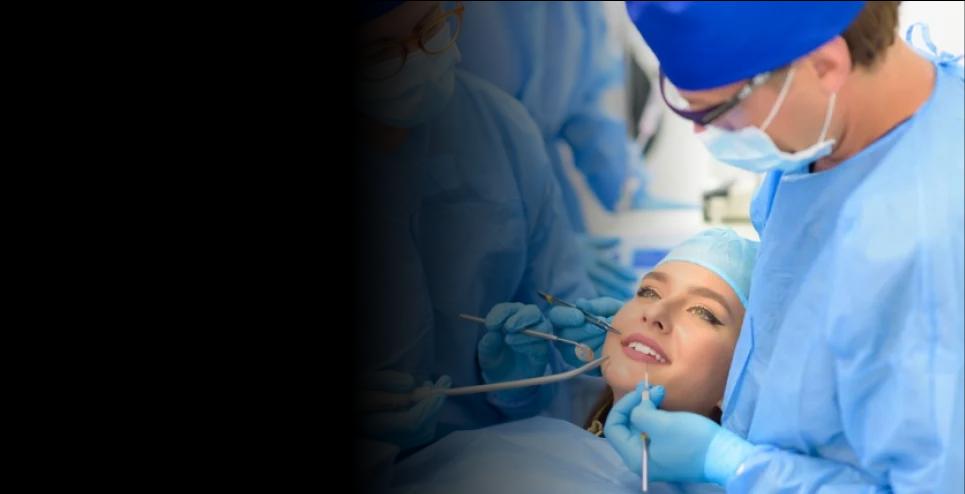Spinal Cord Stimulation Surgery
at Sterling Hospitals

at Sterling Hospitals

How can we help you?
Spinal Cord Stimulation Surgery
Spinal Cord Stimulation (SCS) surgery is a minimally invasive procedure used to treat chronic pain conditions, particularly those affecting the back and limbs. It involves the implantation of a small device, similar to a pacemaker, under the skin near the spinal cord. This device delivers mild electrical impulses to the nerves, interrupting pain signals before they reach the brain and thereby reducing the perception of pain.
When and why do people go for Spinal Cord Stimulation Surgery?
People undergo Spinal Cord Stimulation surgery when they suffer from chronic pain conditions that have not responded to conservative treatments such as medication, physical therapy, or surgery. These conditions may include failed back surgery syndrome, neuropathic pain, complex regional pain syndrome, or peripheral neuropathy. Spinal Cord Stimulation is often recommended when other treatment options have been ineffective or when the risks of surgery outweigh the potential benefits.
What makes Spinal Cord Stimulation Surgery different from other treatment options?
Spinal Cord Stimulation differs from other treatment options for chronic pain in that it targets the pain directly at its source—the nerves—rather than relying on medications that can have systemic side effects or invasive surgical procedures that may carry higher risks. SCS provides a reversible and adjustable form of pain relief, allowing patients to control their pain levels by adjusting the settings of the implanted device. Additionally, SCS can be particularly beneficial for individuals who are not candidates for traditional surgery or who wish to avoid the use of opioids for pain management.
How does life change after Spinal Cord Stimulation Surgery?
Life after Spinal Cord Stimulation surgery can vary depending on the individual's specific condition, overall health, and response to treatment. Many people experience significant relief from chronic pain following SCS surgery, which can lead to improvements in mobility, mood, and overall quality of life. With effective pain management, individuals may find it easier to participate in daily activities, engage in physical therapy, and enjoy hobbies and social interactions. While SCS can provide long-term pain relief for many patients, it is important to maintain regular follow-up appointments with healthcare providers to monitor the function of the implanted device, make any necessary adjustments to settings, and address any potential complications.